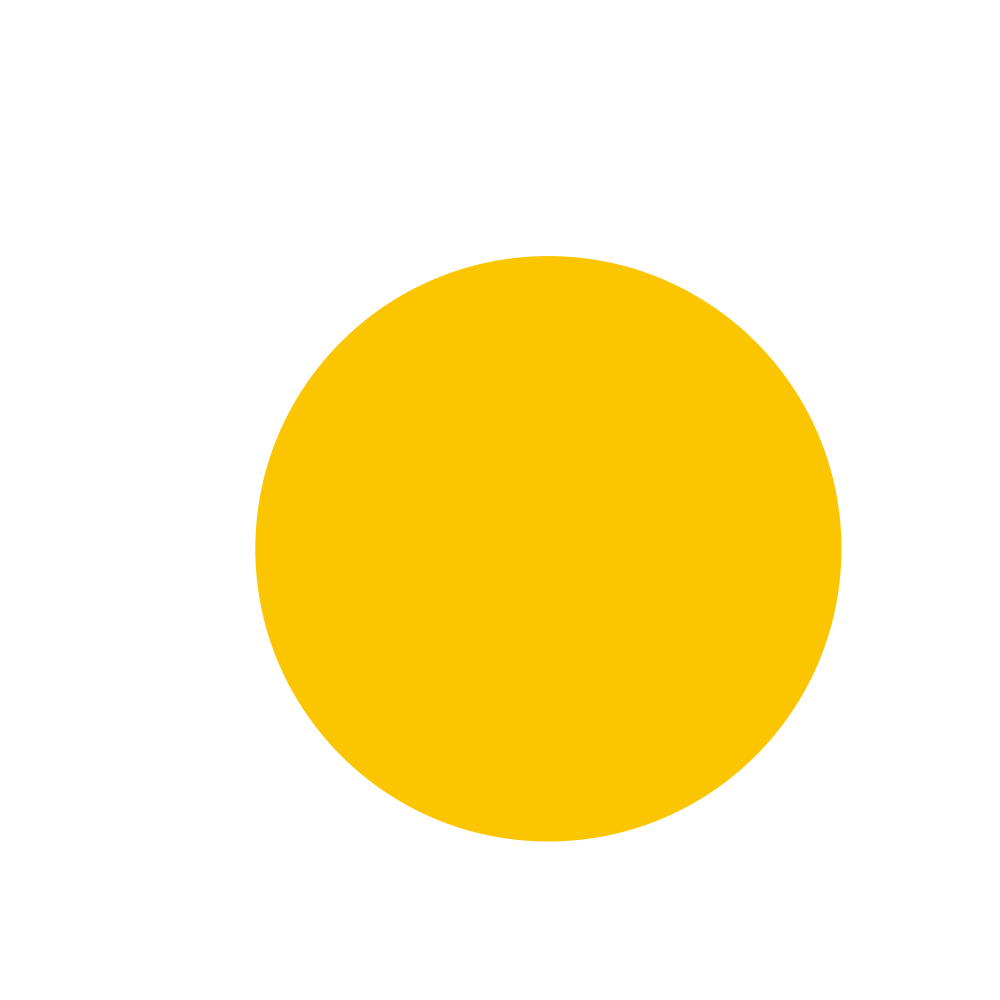Quotas and threshold criteria: computer science and natural sciences
Please note that some of the programmes offering studies in computer science and natural sciences are listed on the webpage Technology and engineering.
Degree programme | University | Share of students admitted based on certificates | Threshold criteria |
|---|---|---|---|
Bachelor in Science, Information Technology (3 years) | University of Eastern Finland | 50 % | No threshold criteria. |
Bachelor’s Programme in Science | University of Helsinki | 50 % | At least grade M in advanced syllabus in mathematics or grade L in basic syllabus in mathematics. |
Points system: computer science and natural sciences
You can score points for up to four subjects, which are:
- mother tongue
- mathematics (advanced or basic syllabus)
- the two subjects for which the applicant scores the highest points
The maximum score is 132.7.
In the tables below, you can see how many points you get for the different grades of each matriculation exam. The grades in the tables (L, E, M, C, B and A) are grades for the Finnish matriculation examination.
In the correspondence tables of the IB-, EB-, RP- ja DIA degrees, you can see which of the grades are comparable to the Finnish matriculation examination grades.
Points table: subjects that count towards all applicants’ scores
Mother tongue | L | E | M | C | B | A |
|---|---|---|---|---|---|---|
mother tongue | 33.0 | 27.5 | 22.0 | 16.5 | 11.0 | 5.5 |
As mother tongue is accepted Finnish as mother tongue, Swedish as mother tongue, Sámi as mother tongue, Finnish as a second language and Swedish as a second language.
Mathematics (advanced or basic syllabus) | L | E | M | C | B | A |
|---|---|---|---|---|---|---|
mathematics, advanced syllabus | 39.7 | 33.1 | 26.4 | 19.8 | 13.2 | 6.6 |
mathematics, basic syllabus | 28.3 | 23.6 | 18.9 | 14.1 | 9.4 | 4.7 |
Points table: two subjects for which the applicant scores the highest points
Subject | L | E | M | C | B | A |
|---|---|---|---|---|---|---|
biology | 26.8 | 22.4 | 17.9 | 13.4 | 8.9 | 4.5 |
chemistry | 26.8 | 22.4 | 17.9 | 13.4 | 8.9 | 4.5 |
geography | 22.0 | 18.3 | 14.7 | 11.0 | 7.3 | 3.7 |
health education | 13.9 | 11.5 | 9.2 | 6.9 | 4.6 | 2.3 |
history | 19.6 | 16.3 | 13.1 | 9.8 | 6.5 | 3.3 |
language, advanced syllabus | 28.3 | 23.6 | 18.9 | 14.1 | 9.4 | 4.7 |
language, intermediate syllabus | 25.1 | 20.9 | 16.8 | 12.6 | 8.4 | 4.2 |
language, basic syllabus | 22.6 | 18.9 | 15.1 | 11.3 | 7.5 | 3.8 |
philosophy | 16.0 | 13.3 | 10.7 | 8.0 | 5.3 | 2.7 |
physics | 31.7 | 26.5 | 21.2 | 15.9 | 10.6 | 5.3 |
psychology | 24.6 | 20.5 | 16.4 | 12.3 | 8.2 | 4.1 |
religion or culture, worldview and ethics | 19.6 | 16.3 | 13.1 | 9.8 | 6.5 | 3.3 |
social studies | 16.0 | 13.3 | 10.7 | 8.0 | 5.3 | 2.7 |
Other natural science and humanities subjects in EB, IB, RP and DIA diplomas | 16.0 | 13.3 | 10.7 | 8.0 | 5.3 | 2.7 |
